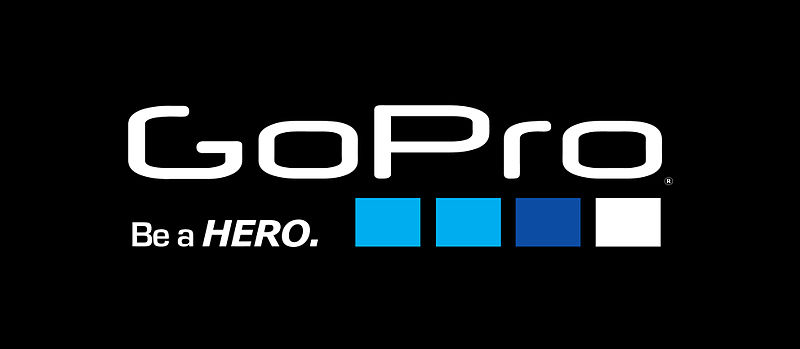 On Monday, May 19, GoPro officially filed its S-1 Form with the Securities and Exchange Comission (SEC), noting its intention to become a public company. Major underwriters for the IPO are J.P. Morgan, Raymond James, Citigroup, and Barclays. Among the litany information the company disclosed in the S-1 form, GoPro offered the detailed look at their financial records. There is a lot to get into, but the company’s revenues really stand out:
On Monday, May 19, GoPro officially filed its S-1 Form with the Securities and Exchange Comission (SEC), noting its intention to become a public company. Major underwriters for the IPO are J.P. Morgan, Raymond James, Citigroup, and Barclays. Among the litany information the company disclosed in the S-1 form, GoPro offered the detailed look at their financial records. There is a lot to get into, but the company’s revenues really stand out:
In 2011, 2012, 2013 and the three months ended March 31, 2014, we generated revenue of $234.2 million, $526.0 million, $985.7 million and $235.7 million and reported net income of $24.6 million, $32.3 million, $60.6 million and $11.0 million, respectively.1
The company looks to raise $100 million through the IPO, and will list on NASDAQ under the symbol GPRO. It seems that GoPro, although growing successfully and consistently bringing in solid profits, has some fear of a plateau moving forward. In the S-1 form, GoPro noted that, “We do not expect to continue to grow in the future at the same rate as we have in the past and profitability in recent periods might not be indicative of future performance.” That statement went even further:
Although our revenue and profitability have grown rapidly from 2009 through 2013, you should not consider our recent revenue growth as indicative of our future performance. In future periods, our revenue could decline or grow more slowly than we expect. We also may incur significant losses in the future for a number of reasons, including other risks described in this prospectus, and we may encounter unforeseen expenses, difficulties, complications, delays and other unknown factors.2
Further, the S-1 form noted that future growth depends upon “penetrating additional consumer markets,” and will need to “obtain new, and maintain existing, high-quality event, athlete and celebrity sponsorships.”
Our initial growth has largely been fueled by the adoption of our products by people looking to self-capture images of themselves participating in exciting physical activities. We believe that our future growth depends not only on continuing to reach this core demographic, but also broaden our customer base to include a more diverse group of consumers seeking to capture themselves, family members and things around them in their daily lives. While we are investing in sales and marketing activities to reach this expanded market, we cannot be assured that we will be successful in doing so. If we are not successful in penetrating additional consumer markets, we might not be able to grow our market share and revenue
Establishing relationships with high profile sporting events, athletes and celebrity personalities to evaluate, promote and establish product credibility with consumers, including entering into sponsorship and licensing agreements, has and will continue to be a key element of our marketing strategy. However, as competition in the camera and video recorder markets has increased, the costs of obtaining and retaining event, athlete and celebrity sponsorships and licensing agreements have increased.3
It seems, then, that GoPro is wildly successful. However, they have all but filled the initial demand, and will struggle to create demand in the future. It is almost as if they are too good at building cameras. They have built such a good device that users are hesitant to upgrade. In a sense, GoPro may in-fact suffer in the long-run for making such a durable, long-lasting camera.
For no real reason, here is a video of an eagle flying with a GoPro camera attached to it.
- US SEC, “Form S-1 Filing of GOPRO, INC.,” 19 May 2014 ▲
- US SEC, “Form S-1 Filing of GOPRO, INC.,” 19 May 2014 ▲
- US SEC, “Form S-1 Filing of GOPRO, INC.,” 19 May 2014 ▲

